-
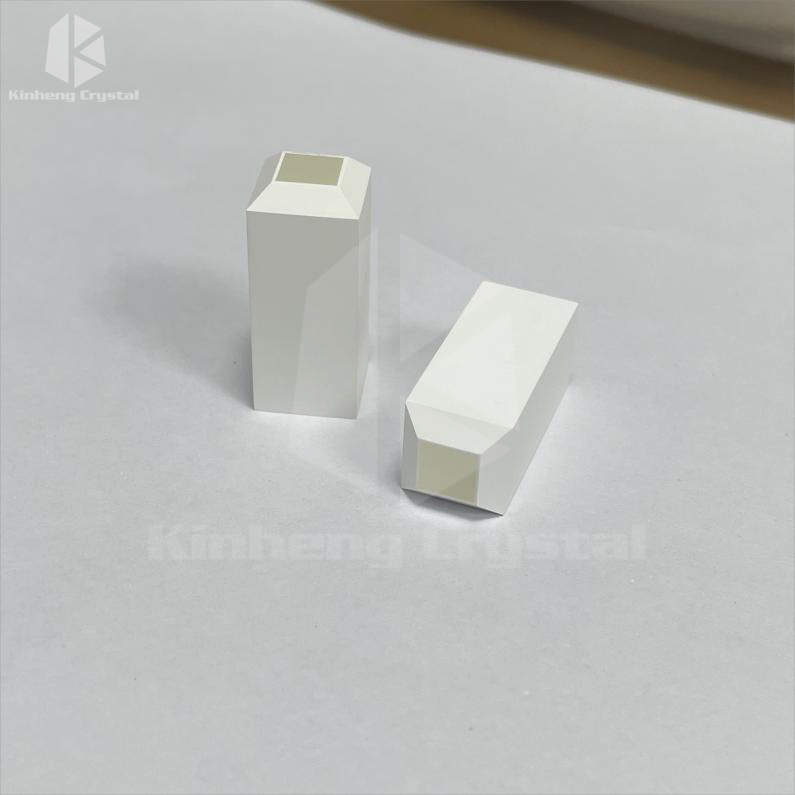
What Is The Most Commonly Used Scintillator? Customer-Tailored Scintillator Specs
Our CsI:Tl scintillator crystal is a high performance radiation detection material that can be customized to exact specifications. This crystal has excellent radiation detection properties and can be used in a variety of applications including medical imaging, nuclear me...Read more -

NaI(tl) scintillator introduction
Thallium-doped sodium iodide (NaI(Tl)) is a widely used scintillation material in radiation detection applications. When high-energy photons or particles interact with a scintillator, it produces scintillation light that can be detected and analyzed to determine the ener...Read more -
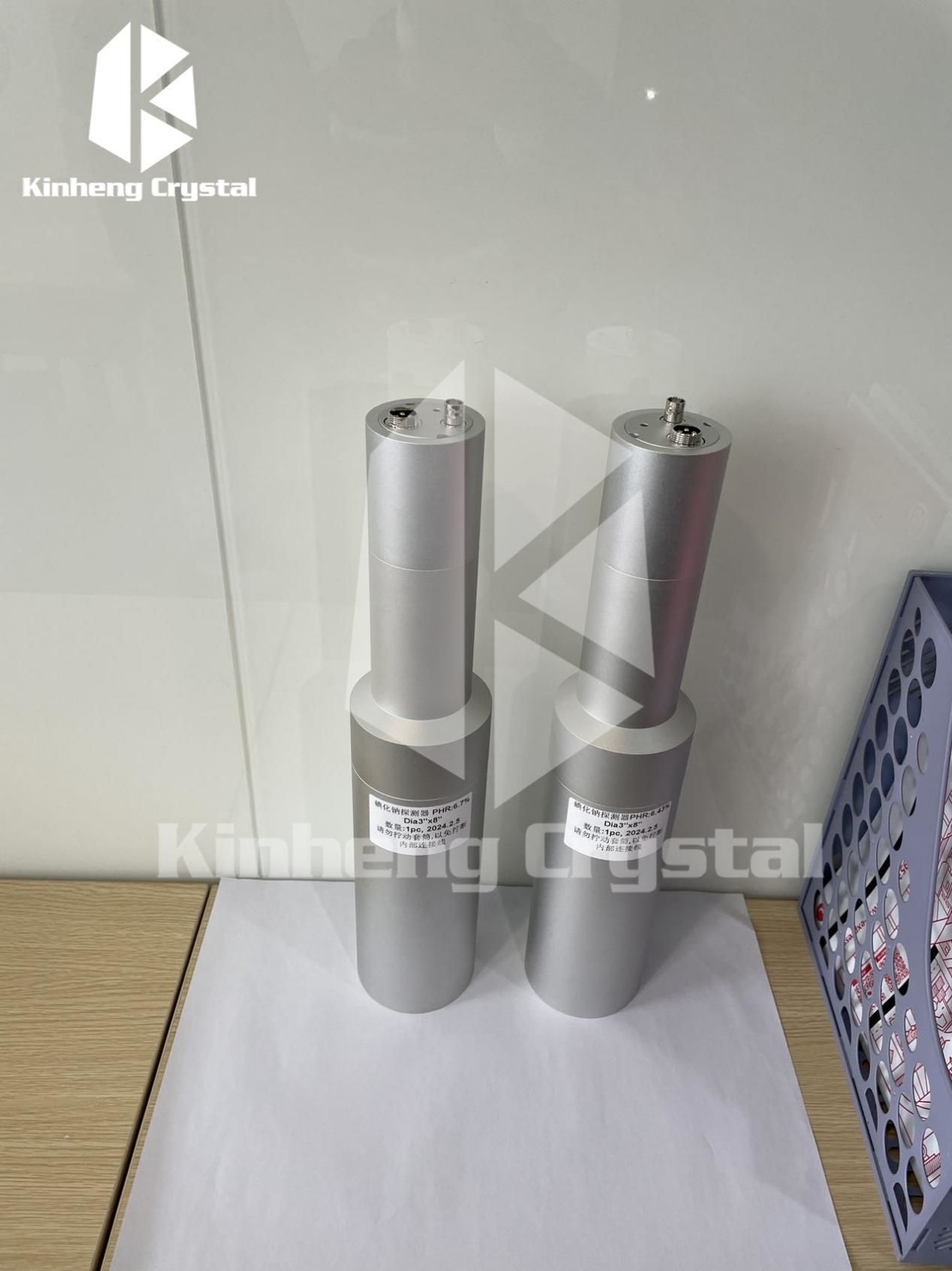
What Is 6.43% Resolution NaI(Tl) Detector Used For
Scintillation detectors are used in many fields, such as medical imaging, security screening, and nuclear physics research. Their resolution refers to their ability to accurately measure the energy of detected radiation, it’s an important factor in determining its capabi...Read more -

How Crystal Scintillator Enhances Radiation Detection
Crystal scintillator enhances radiation detection through a process in which incident radiation interacts with the crystal, producing a scintillation or light output that can be detected and measured. The main ways crystal scintillator enhances radiation detection includ...Read more -
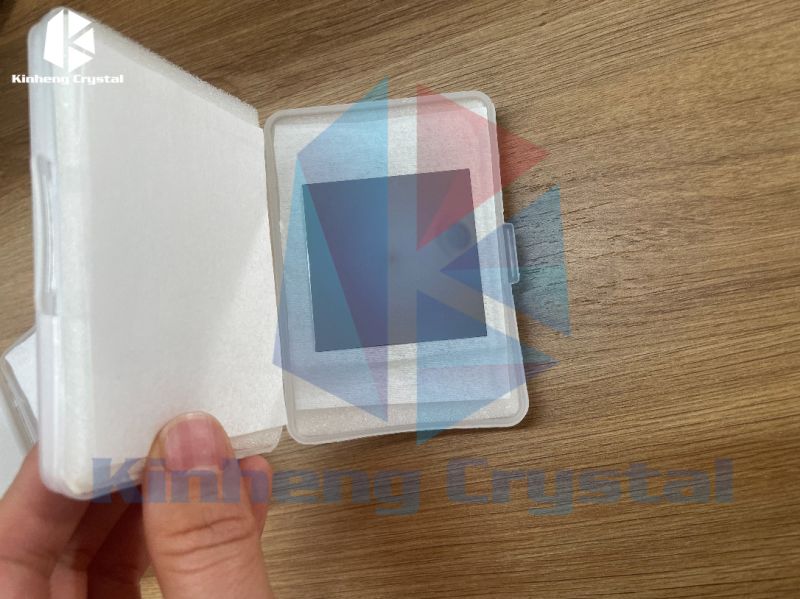
Yag:Ce Is Coated With Aluminum Film
Coating YAG:CE with aluminum film can be used for a variety of purposes: Reflectivity: Aluminum coatings can enhance the reflectivity of YAG:CE crystals, potentially increasing their efficiency as scintillator or laser media. ...Read more -

The power of crystal scintillator detectors in nuclear medicine
Crystal scintillator detectors play a vital role in nuclear medicine because of their ability to detect and measure radiation emitted by radioactive isotopes, which are commonly used in diagnostic and therapeutic procedures. Some of the main advantages and applications o...Read more -
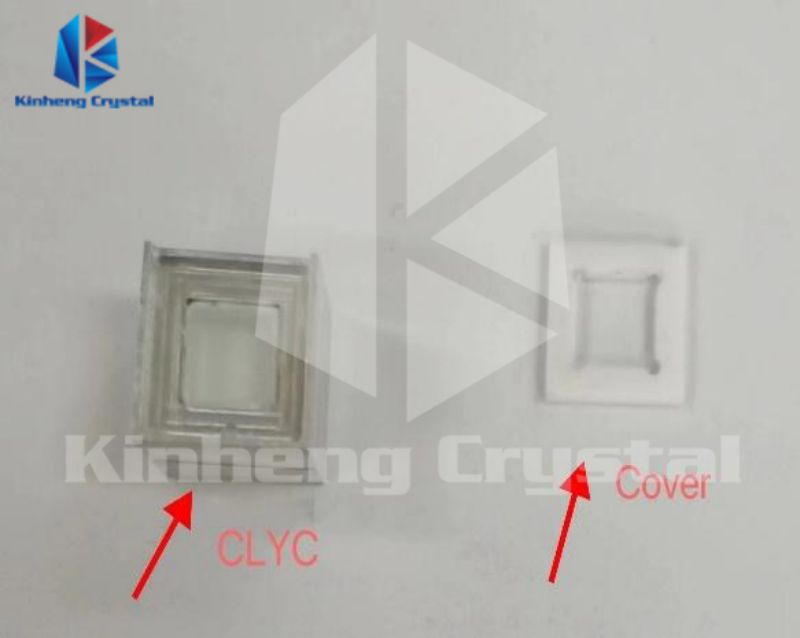
CLYC Scintillator
CLYC (Ce:La:Y:Cl) scintillator has a variety of applications due to its unique properties. Some of its applications include: Radiation detection and identification: CLYC scintillator is used in radiation detection devices to identify different types of radiation, such as...Read more -
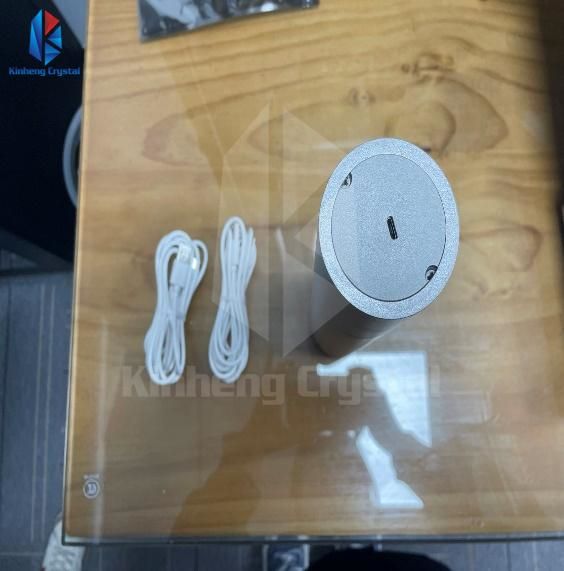
Versatility Of Scintillator Detectors In Modern Science
Scintillator detectors are widely used in modern science for various purposes due to their versatility. They are commonly used in fields such as medical imaging, high-energy physics, homeland security, materials science, and environmental monitoring. In medical imaging, ...Read more -

What Is Larger Sized Scintillator Detector’s Application
A larger sized scintillator detector typically has a larger detection area, which allows it to capture a larger portion of the radiation or particles emitted or scattered in the environment. Scintillator Detector are widely used in lots of industry, larger size of scint...Read more -
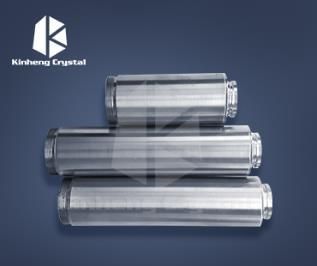
What Is Cebr3 Scintillator? Cebr3 Scintillator’s Application
CeBr3 (cerium bromide) is a scintillator material used in radiation detection and measurement systems. It belongs to the category of inorganic scintillator, a compound that emits light when exposed to ionizing radiation such as gamma rays or X-rays. CeBr3 scintillator is...Read more -
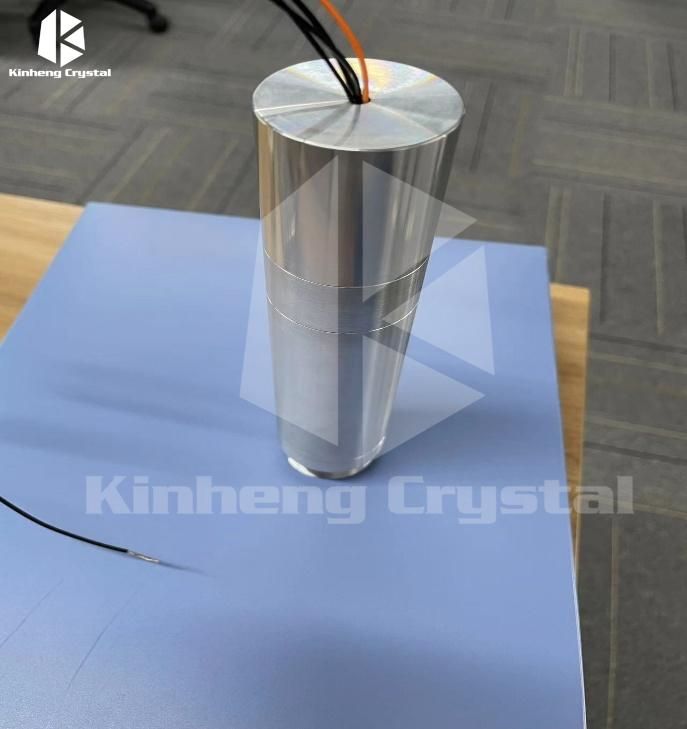
What Does a Scintillation Detector Do? Scintillation Detector Working Principle
A scintillation detector is a device used to detect and measure ionizing radiation such as gamma rays and X-rays. The working principle of a scintillation detector can be summarized as follows: 1. Scintillation material: The detector is composed of scintillation crysta...Read more -

What Is The Crystal Structure Of Yag? Yag:Ce Scintillator’s Application
YAG:CE (Cerium-doped Yttrium Aluminum Garnet) crystals are widely used in various fields. Some noteworthy applications include: Scintillation Detectors: YAG:CE crystals have scintillation properties, which means they can emit flashes of light when exposed to ionizing rad...Read more





